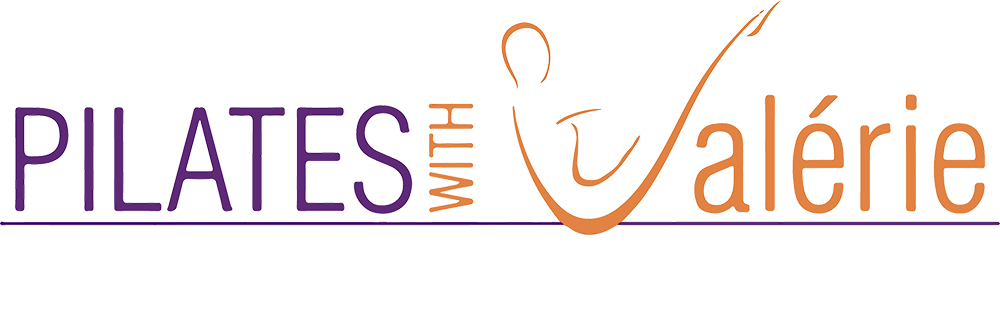
Does alignment matter?

I am not a physiotherapist or a doctor, I am a Pilates instructor and every day I meet many clients who suffer from common orthopaedic issues with their shoulders, back, neck or knee joints.
In most cases, these problems could have been avoided, as they are often related to “poor posture”. We often repeat the same daily life movements and do not use the correct muscles necessary for the activity.
Posture is the position in which you hold your back upright against gravity while standing, sitting, or lying down. It seems easier to achieve poor posture and more difficult to achieve a good or ideal posture.
Everyone can avoid some of the problems caused by a bad posture and you can make improvements at any age. Firstly, you need to train your mind and learn how to recognise the postural faults. A good Pilates teacher should be able to help you be aware of your posture or your body’s position through the day while you are bending down, lifting a box, or just walking.
Poor posture often develops because of an accident or fall but also from environmental factors and bad habits. If you do not make an effort to hold your body upright against gravity, it will adapt in shape to the activities you are doing. It is important to think about your bad habits to make sure they don’t affect your posture.
Stop slouching on the sofa while watching TV by doing this too often you could lose the lumbar curve you have in your spine. Walking too often with your head down and with your shoulders rounded could develop a hunch on your thoracic part of your back.
A bad posture could also sap your energy and compound many physical ailments, such as digestive problems, poor circulation, back pain, and shortness of breath. It can lead to increased stress on soft tissue like the ligaments, discs and muscles.
When your bones and ligaments are not aligned properly, your spine is incorrectly balanced, causing biomechanical compensation, where muscles need to work harder to keep you upright all day long.
This means certain muscles groups or constantly working and others become significantly weakened, which could lead to falls and muscle imbalance.
The Pilates methodology seeks to promote good posture along with many other benefits which we have already discussed in a previous issue. Pilates helps to develop deep muscles which are supportive to your spine and pelvis. A good Pilates instructor should be able to re align you through “hands-on” corrections until you can do this by yourself.
In a Pilates session, we speak about “neutral alignment” and “neutral spine”. This will be the position of the spinal vertebrae and pelvis when they are aligned and maintained with the least amount of stress being placed on supportive tissues.
From the side, a healthy spine exhibits four curves. The cervical and lumbar bulge out while the thoracic and sacral curves are hollow. We need these curves as they increase strength and maintain balance in the upright position, absorb shocks from walking, and protect the vertebral column from fracture. We need to maintain an ideal position and the benefits of a good posture may be among the best-kept secrets of the current fitness movement.
When viewing the posture in a standing position ideally have:
- Feet hip-width apart
- Feet right under knees
- Shoulders above hips
- Shoulders down away from ears
- Ear lobes between shoulders
- Pubic bone in line with the navel

